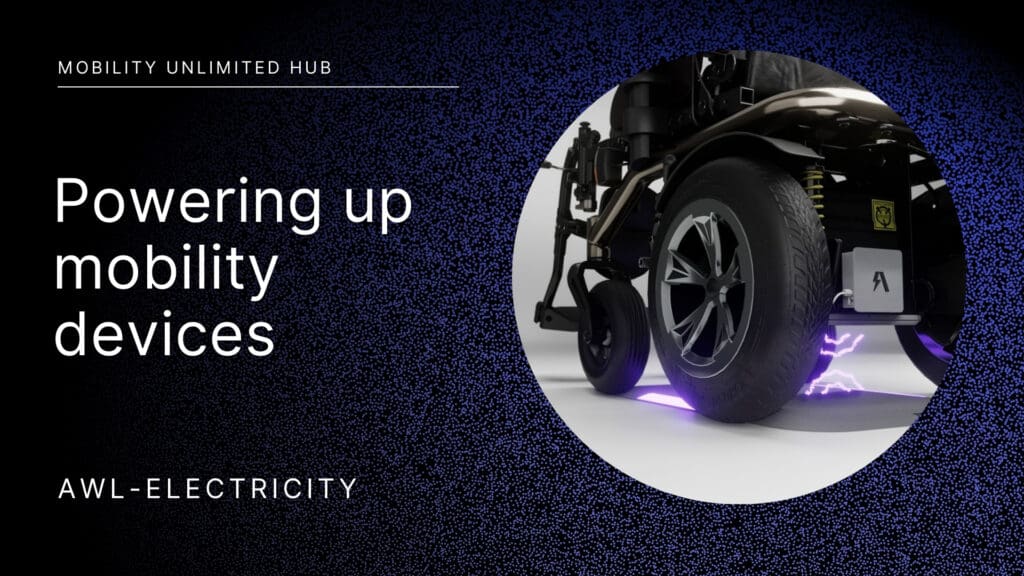Home » Energizing Mobility Solutions
Energizing Mobility Solutions

The article from MaRS Discovery District discusses advancements in mobility devices, focusing on powering innovations that enhance accessibility for individuals with mobility challenges. It highlights the importance of technology in improving the lives of these users by facilitating movement and independence.
One of the key points is the development of more efficient and lightweight power sources for mobility devices such as wheelchairs, scooters, and prosthetics. Traditional batteries often provide limited range and require frequent recharging, which can be a barrier for users. To address this, researchers and companies are exploring alternative power solutions, including lithium-ion batteries and solar-powered technology, which offer longer life spans and quicker charging times.
Additionally, the article emphasizes the role of smart technology in mobility devices. Integrating sensors and communication systems can enable users to monitor battery life, track their locations, and access navigation assistance in real-time. These smart features significantly enhance user autonomy and safety, allowing them to navigate diverse environments with greater confidence.
The rise of electric mobility solutions is also highlighted, demonstrating how electric scooters and wheelchairs are increasingly becoming popular choices due to their ease of use and efficiency. The transition towards electric options is seen as a crucial step in making mobility devices more user-friendly, particularly for those with severe mobility impairments.
The article points out the ongoing research into robotic assistance and exoskeletons that aid movement. Such technologies could transform how individuals interact with their environments, providing support and enabling greater engagement in everyday activities. The intersection of robotics and mobility devices showcases innovative solutions that push the boundaries of traditional mobility aids, fostering an inclusive society.
Moreover, user-centered design is a recurring theme, stressing the importance of incorporating feedback from individuals with mobility challenges during the development process. By focusing on real user experiences, designers and engineers can create products that genuinely meet the needs of users, making mobility devices not only functional but also comfortable and stylish.
The article also touches upon the challenges faced in the market, including high costs associated with advanced mobility solutions, which can limit accessibility for many users. It advocates for continued investment in research and development, as well as policies that support affordable access to these technologies for all individuals with mobility challenges.
In conclusion, the post underscores the transformative potential of new power sources and smart technologies in the field of mobility devices. By prioritizing innovation, user-centered design, and inclusivity, the industry can significantly improve the quality of life for those with mobility impairments, promoting independence and active participation in society. As advancements continue, there is a hopeful outlook for the future of mobility devices, which are increasingly becoming tools of empowerment rather than mere aids.
The article serves as a call to action for stakeholders in technology, healthcare, and policy to work collaboratively in advancing these innovations, ensuring that everyone, regardless of their mobility challenges, can lead fulfilling lives.
MaRS Discovery District
https://www.marsdd.com/
MaRS is the world's largest urban innovation hub in Toronto that supports startups in the health, cleantech, fintech, and enterprise sectors. When MaRS opened in 2005 this concept of urban innovation was an untested theory. Today, it’s reshaping cities around the world. MaRS has been at the forefront of a wave of change that extends from Melbourne to Amsterdam and runs through San Francisco, London, Medellín, Los Angeles, Paris and New York. These global cities are now striving to create what we have in Toronto: a dense innovation district that co-locates universities, startups, corporates and investors. In this increasingly competitive landscape, scale matters more than ever – the best talent is attracted to the brightest innovation hotspots.


